Eurozone PMI Manufacturing rose to 54.4 in October, up from 53.7, beat expectation of 53.1. That’s also the highest level in 26 months. PMI Services dropped to 46.2, down from 48.0, missed expectation of 47.0. PMI Composite dropped to a 4-month low at 49.4, down from 50.4.
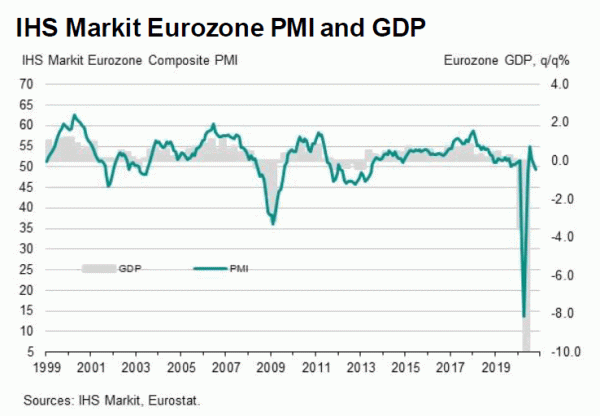
Chris Williamson, Chief Business Economist at IHS Markit said:
“The eurozone is at increased risk of falling into a double-dip downturn as a second wave of virus infections led to a renewed fall in business activity in October. The survey revealed a tale of two economies, with manufacturers enjoying the fastest growth since early-2018 as orders surged higher amid rising global demand, but intensifying COVID-19 restrictions took an increasing toll on the services sector, led by weakening demand in the hard-hit hospitality industry.
“The divergence is even starker by country. While Germany is buoyed by its manufacturing sector booming to a degree exceeded only twice in almost 25 years of survey history, the rest of the region has sunk into a deepening downturn.
“While the overall downturn remains only modest, and far slighter than seen during the second quarter, the prospect of a slide back into recession will exert greater pressure on the ECB to add more stimulus and for national governments to help cushion the impact of COVID-19 containment measures, which not only tightened across the region in October but look set to be stepped up further in November.”
Full release here.

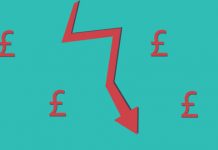


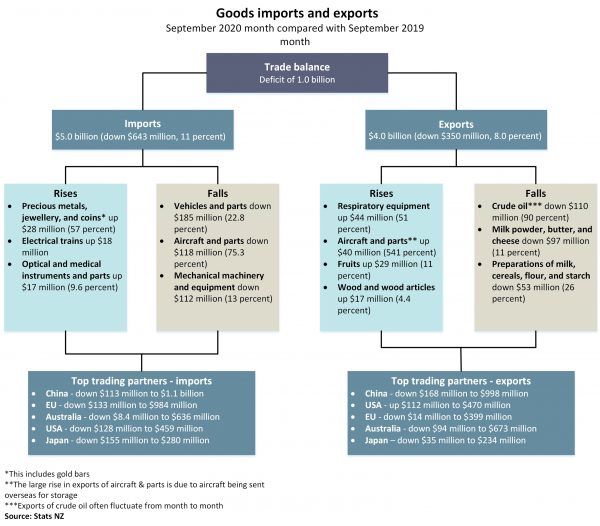
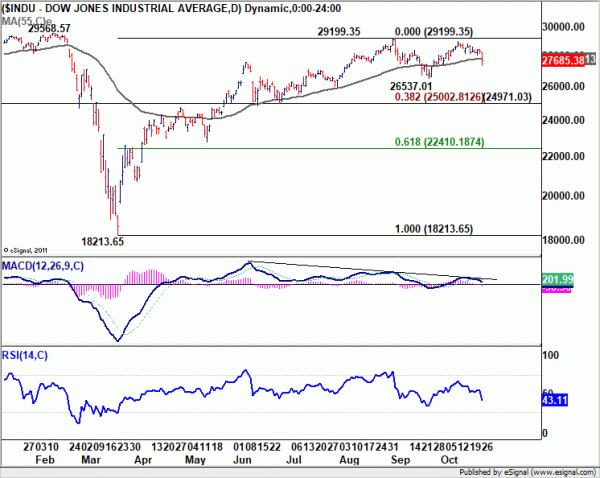
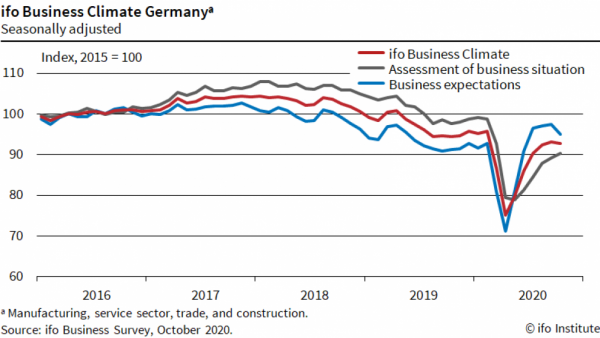
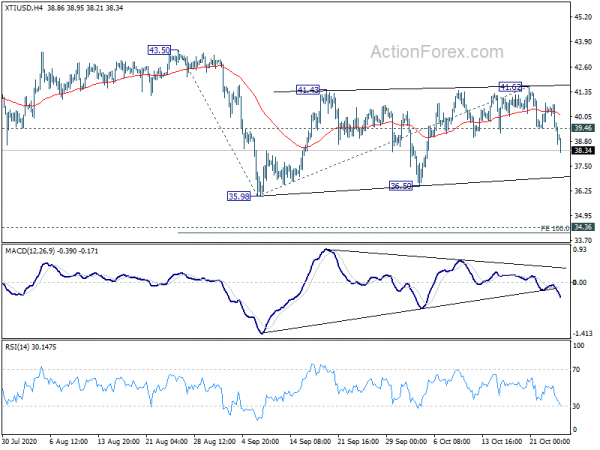
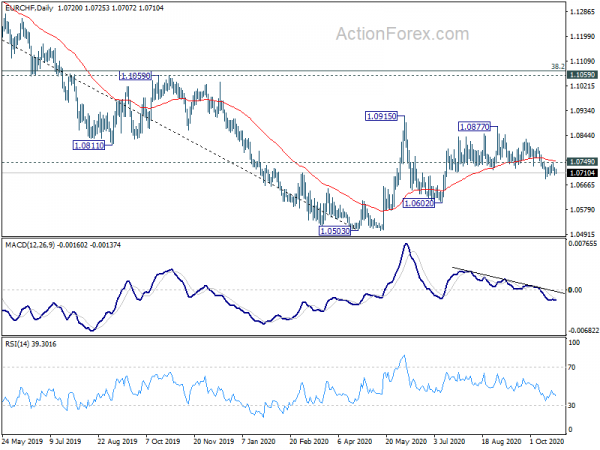
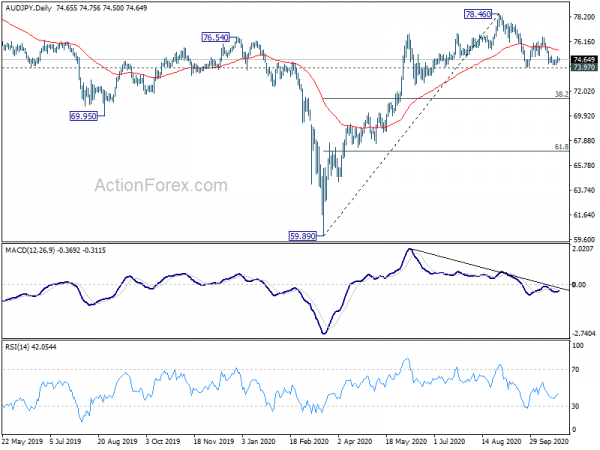
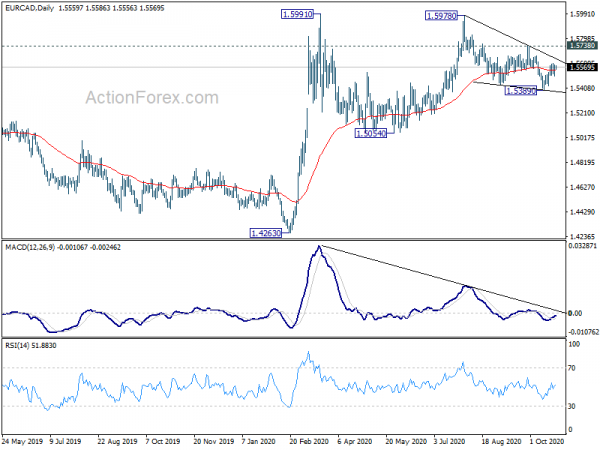
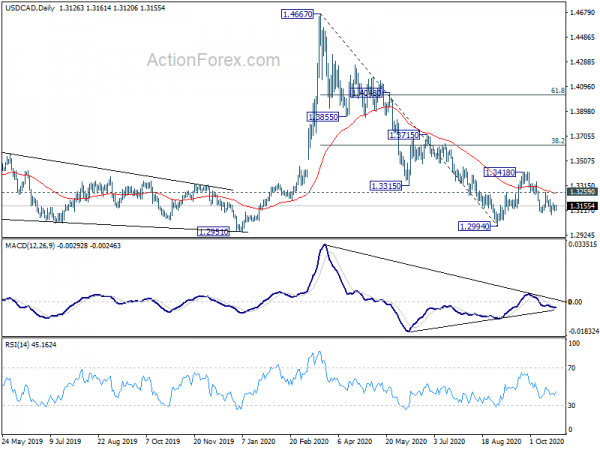
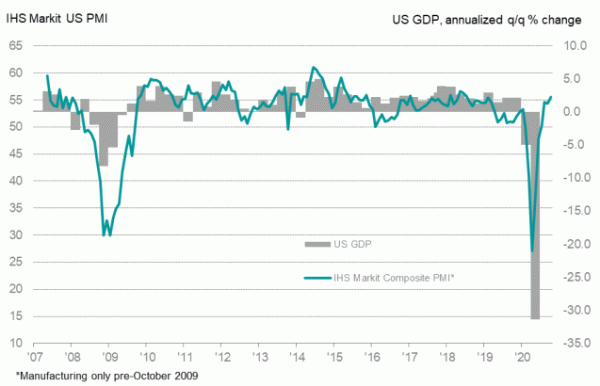
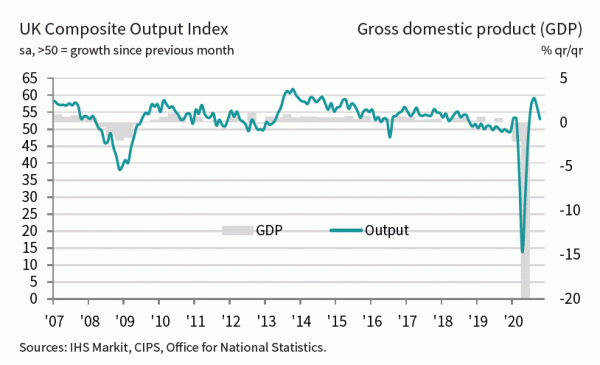

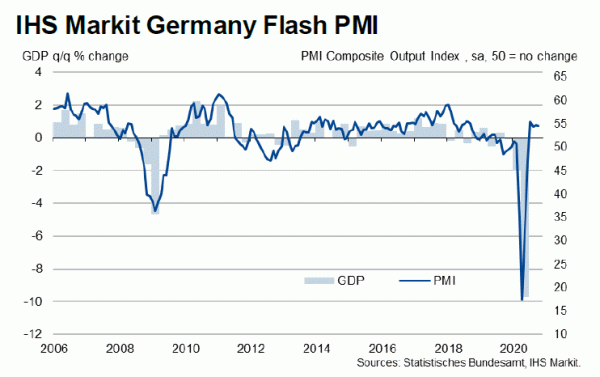
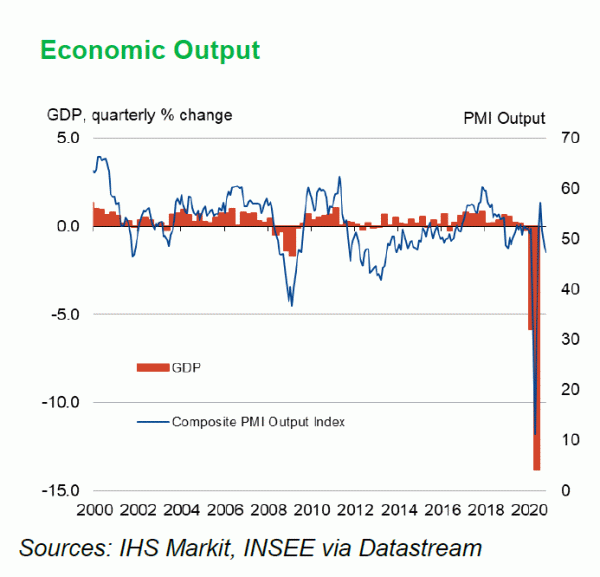
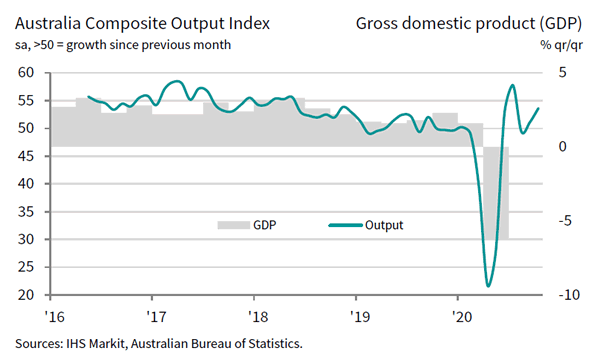
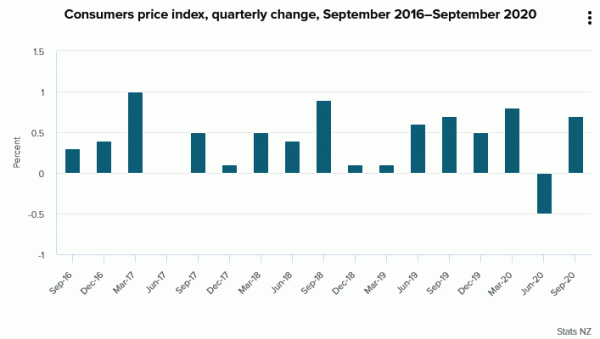
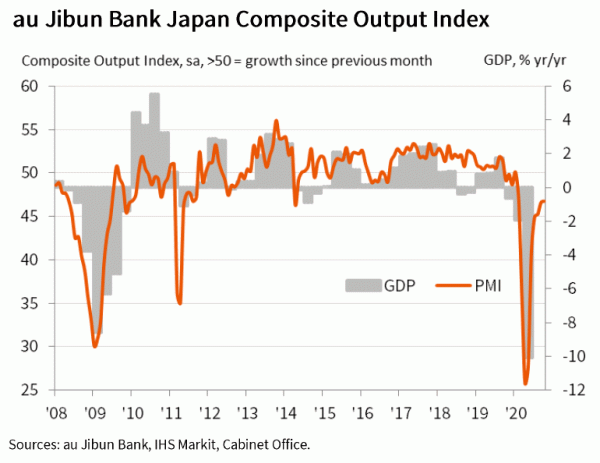
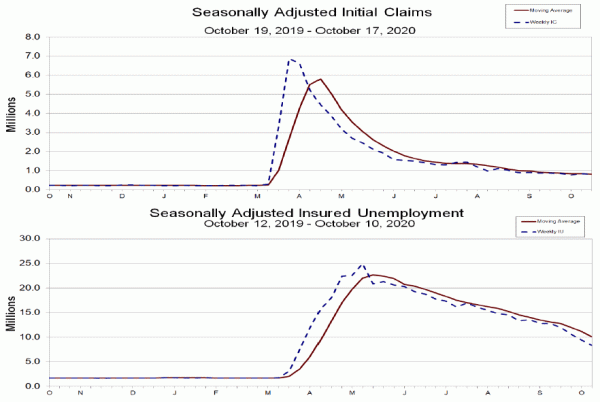

AUD/NZD hits correction target, takes a breather before next move
AUD/NZD could be an interesting cross to note in the upcoming two weeks. Risk markets are now preparing for the next move after US election. The development in the cross would provide the guidance on which currency to move “faster” next. Additionally, how RBA is going to fulfil market expectations of easing on November 3, also next week, would be another factor.
The corrective fall from 1.1043 has hit target of 38.2% retracement of 0.9994 to 1.1043 at 1.0642. Downside momentum is diminishing as seen in 4 hour MACD, and we’d not anticipate any reacceleration for now. Sustained break of 1.0565 key support would indicate completion of the whole three-wave rebound from 0.9994 to 1.1043. That will open up deeper fall back to 61.8% retracement at 1.0395 and below. Nevertheless, break of 1.0727 will be the first sign of bottoming and will retain near term bullishness, with a retest on 1.1043 resistance in the cards.